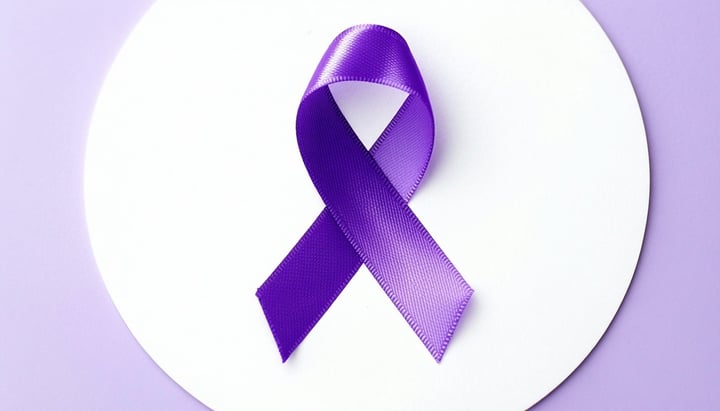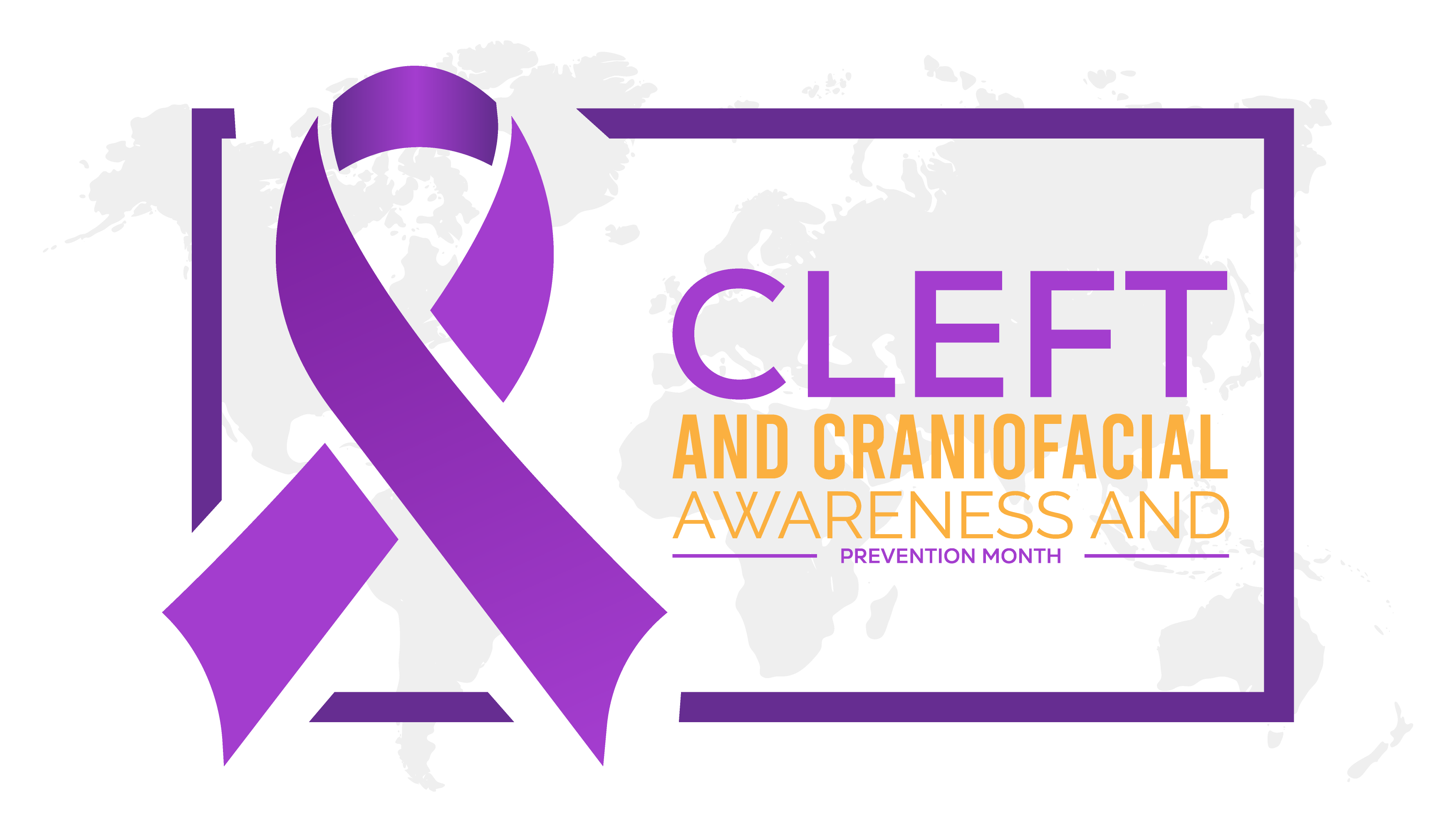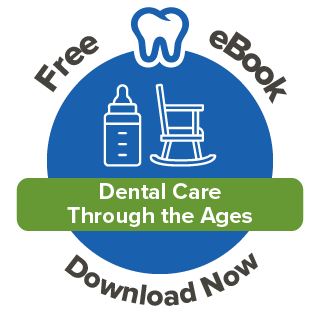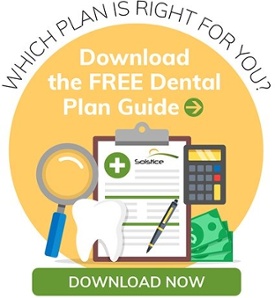By Andrew Hickey on Jul 1, 2025 @ 01:35 PM
Every July, we observe National Cleft & Craniofacial Awareness and Prevention Month—a time to shine a light on conditions that affect thousands of children and families across the country.
With that in mind, we are sharing helpful information to support the individuals and families navigating the challenges of cleft lip, cleft palate and other conditions every day.
Key Takeaways:
- Cleft and craniofacial conditions affect the head and face, often from birth.
- Causes are both genetic and environmental.
- Early prenatal care and folic acid may help reduce risk.
- Treatment can be costly, but insurance and financial aid are available.
- Support organizations offer resources and guidance.
- Awareness helps reduce stigma and improve outcomes.

What Are Cleft and Craniofacial Conditions?
These are birth conditions that affect the structure of the head and face. The most common include:
- Cleft lip – a split in the upper lip
- Cleft palate – an opening in the roof of the mouth
- Other conditions include craniosynostosis, microtia, and anophthalmia
These conditions can impact a child’s ability to eat, speak, hear, and breathe, and often require long-term care.

Who Is Affected?
Cleft lip and cleft palate affect thousands of newborns and their families each year. Here are some key stats to be aware of:
- About 3,560 babies are born each year with a cleft lip
- Around 2,600 babies are born with a cleft palate
- That’s roughly 1 in every 1,600 babies in the U.S.

How to Reduce the Risk
Clefts form early in pregnancy and are believed to be caused by a mix of genetic and environmental factors. While not all cases are preventable, parents can reduce risk by:
- Quitting smoking
- Managing chronic conditions like diabetes
- Taking prenatal vitamins with folic acid
- Avoiding harmful medications
- Getting regular prenatal care

Treatment options for craniofacial differences
- Medical and surgical evaluations
- Genetic testing
- Hearing and speech therapy
- Dental and orthodontic treatment
- Psychological support
- Complex craniofacial surgery
- Cleft lip and cleft palate surgery
- Jaw surgery
- Plastic surgery
- Speech therapy

Cleft Care Costs and Insurance Tips
Cleft and craniofacial care can be expensive. For example:
- Surgery costs can exceed $19,000 per procedure
- Lifetime treatment costs can reach $101,000 per child
Most employer-based and military (Tricare) insurance plans cover cleft care, but families may still face copays or limits on services like speech therapy or orthodontics. Always check with your provider and care team to understand what’s covered and what documentation is needed.

Where to Find Help for Cleft and Craniofacial Care
Support is available is available for cleft and craniofacial conditions. Many hospitals offer financial assistance, especially those funded through the Hill-Burton Act. There are also organizations that provide year-round support, education, and advocacy for families, including:
- American Cleft Palate-Craniofacial Association
- cleftAdvocate
- AmeriFace
- National Craniofacial Association

Why Awareness Matters
- Reduce stigma
- Promote early diagnosis and treatment
- Support prevention and research
- Connect families with resources
National Cleft & Craniofacial Awareness and Prevention Month is more than just a time to share facts—it’s a chance to uplift families, celebrate progress, and advocate for better care and understanding. Whether you're a parent, provider, or supporter, your voice matters. By spreading awareness, supporting early treatment, and connecting families with resources, we can help ensure that every child born with a cleft or craniofacial condition can thrive.
Want to Join Solstice?
📞 Call our Sales Team at 877.760.2247 (Option 4)
📧 Email us at Sales@SolsticeBenefits.com
Already a member?
🔍 Check your plan details at MySmile365





comments